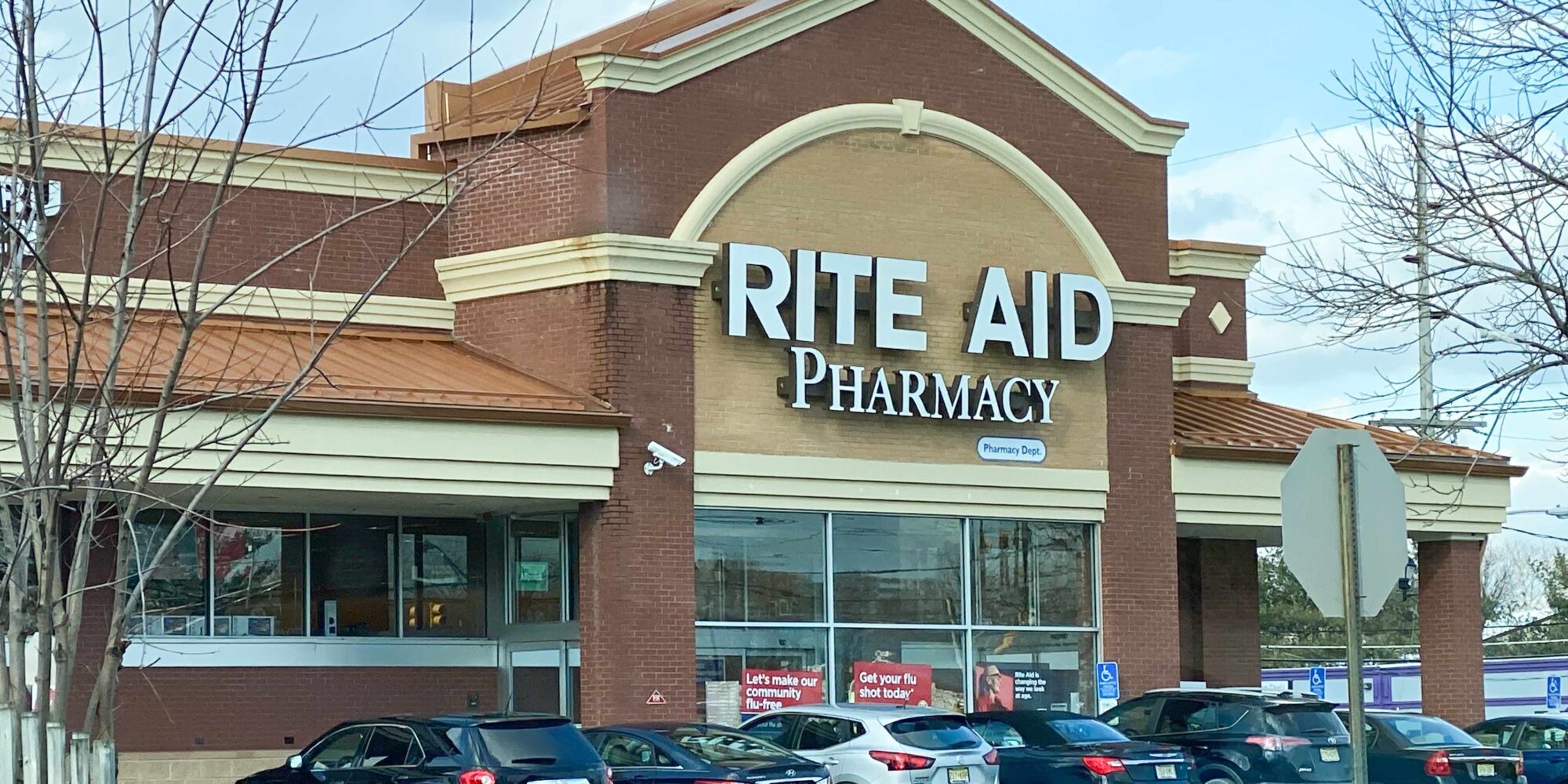
Rite Aid’s Revamp And Drugstores’ Drive To Recapture Market Share In The Beauty Category
Earlier this month, Rite Aid revealed its Store of the Future look in two doors that include a wellness-focused beauty department loaded with indie brands.
The better-for-you assortment marks the latest beauty format by a drugstore retailer that’s unfurled many in recent history as it tries to find its footing in the category. It holds the promise of drawing shoppers away from their screens and boosting incremental sales with a Sephora-like design that’s closer to home.
Timing could be everything for Rite Aid. With the pandemic shifting consumers’ emphasis to health and their shopping habits away from far-flung retail destinations, drugstores could stand to gain renewed attention and dollars. Rite Aid’s certainly not alone in embarking on beauty and wellness initiatives—Walgreens and CVS are headed in a similar direction—but it’s made a substantial commitment to updating its stores.
The nation’s third-largest drugstore chain has earmarked $700 million to revamp its roughly 2,400 locations in 18 states over the next two years as part of an overarching project called Rx Revolution. The first two locations are in Newberry Township in its home state of Pennsylvania and Littleton, N.H. The beauty department at the Store of the Future signals Rite Aid’s strategy to garner a bigger chunk of a beauty and personal care market in the United States that Euromonitor estimates pulls in $92.8 billion in sales.
It’s mission critical for the drugstore channel to appeal to consumers looking for self-care and wellness products, says Wendy Liebmann, founder and CEO of WSL Strategic Retail, who suggests drugstores’ convenience factor may no longer be enough. She says, “Shoppers have learned it is just as convenient to go online.”
Drugstores have to provide compelling reasons for store visits. Reasons they’re increasingly trumpeting are wellness services, conscious beauty products and trusted pharmacists. Liebmann stresses pharmacy retailers must transform from stores for the sick to well stores or outposts for preventative health. She says, “They need to decide what they are going to be when they grow up and how much space beauty needs. And will smaller brands lead the way?”
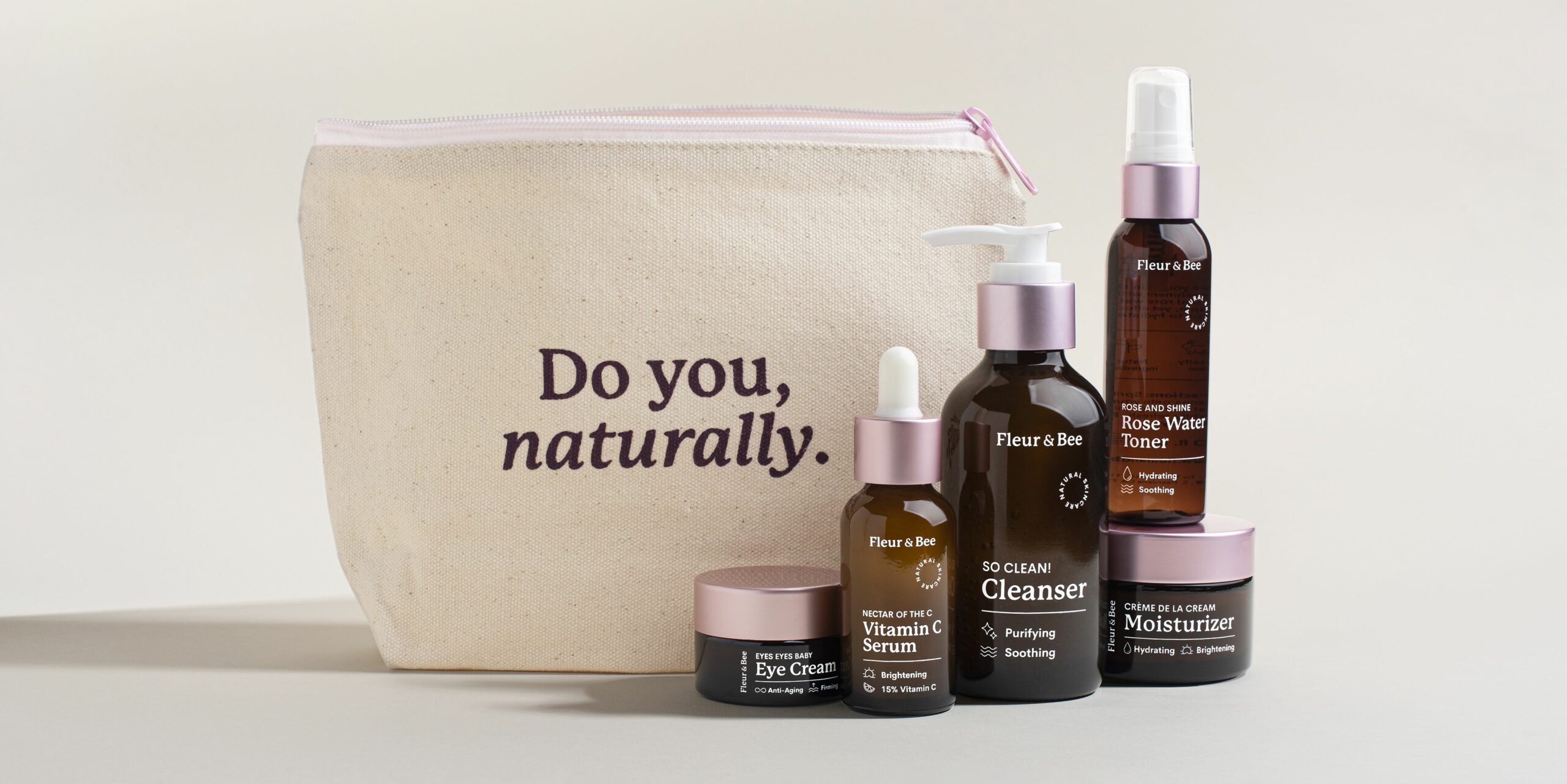
Drugstore, discount and food retailers have a long history in beauty. They used to command as much as 51% of U.S. beauty and personal care sales, with department stores accounting for the rest. That was before Sephora and Ulta Beauty, the advent of direct-to-consumer brands and the explosion of beauty e-tailers.
Measuring just how far pharmacies have fallen, Euromonitor approximates the channel represents $12 billion of the total U.S. beauty and personal care segment or about 13% of sales. Rolling in discount and food, the so-called mass market is estimated to produce 30% to 40% of overall beauty and personal care sales. Beauty offers the opportunity to offset razor-thin margins in pharmacy, which accounts for about 70% of the average drugstore chain’s volume.
“The drugstore industry feels divided. Do they want to reclaim their position in pharmacy and wellness or are they trying to be the local market?” asks Stephanie Wissink, equity analyst with Jefferies. “Maybe it is a little of both, but the channel has been donating share to sephora.com and ulta.com. It is also apparent Target and Walmart are winning.”
Wissink credits Rite Aid with defining clear criteria for brands centered around a better-for-you and better-for-the-earth positioning. “They are trying to capture a young cohort who they recognize are social shopping,” she says, “They are not necessarily competing with Walgreens or CVS, but must sway customers away from digital.”
“The drugstore industry feels divided. Do they want to reclaim their position in pharmacy and wellness or are they trying to be the local market?”
Across the board, the beauty sector has been dinged by the pandemic. In the mass market, beauty sales were down 9% for the four-week period ended Oct. 3, according to Nielsen. Sales are off 4% for the 52-week period. Despite the general decline, Rite Aid’s category manager Denise Mullen points out sales in certain categories spiked. Specifically, hand soap, hand sanitizer, hair clippers, hair color, multicultural haircare, nail care and nail color sales have been up. Makeup and hairstyling product sales slipped. Closures of hair and nail salons were factors in the nail and haircare product sales lifts.
Whether the pandemic-era shopper base will stick around is yet to be determined. However, with sampling and makeovers shutdown due to coronavirus precautions, drugstores and specialty/department stores are on a more level playing field. In a report issued earlier this year, HatchBeauty Brands wrote drug and food stores that have “made a break for beauty in the last few years” will convert shoppers to their beauty sections.
Rite Aid is competing with CVS and Walgreens to convert beauty shoppers. CVS, which has about 6,200 stores, revealed a new format in 2018 called BeautyIRL with more natural, diverse and exclusive lines. The chain removed altered beauty images in its beauty marketing materials. The 9,021-door Walgreens harnesses the knowledge of its in-store beauty consultants and is tapping technology to build a mass personalization engine the company touts will result in targeted interactions with customers. It teamed up with Birchbox to usher in brands like RMS Beauty, Wander Beauty, Winky Lux and Sand & Sky.
“Drugstores are in a strong position to continue to drive beauty and skincare growth, and are partnering with brands to elevate the consumer experience with a focus on improving the in-aisle beauty experience,” says Elizabeth Corrigan, founder and CEO of The Complete Package and Prestige Testing. She argues that drugstore programs to enhance store experiences may finally entice luxury brands to get comfortable with them. “The pandemic has accelerated this shift,” says Corrigan. “Brands need to be where customers are.”
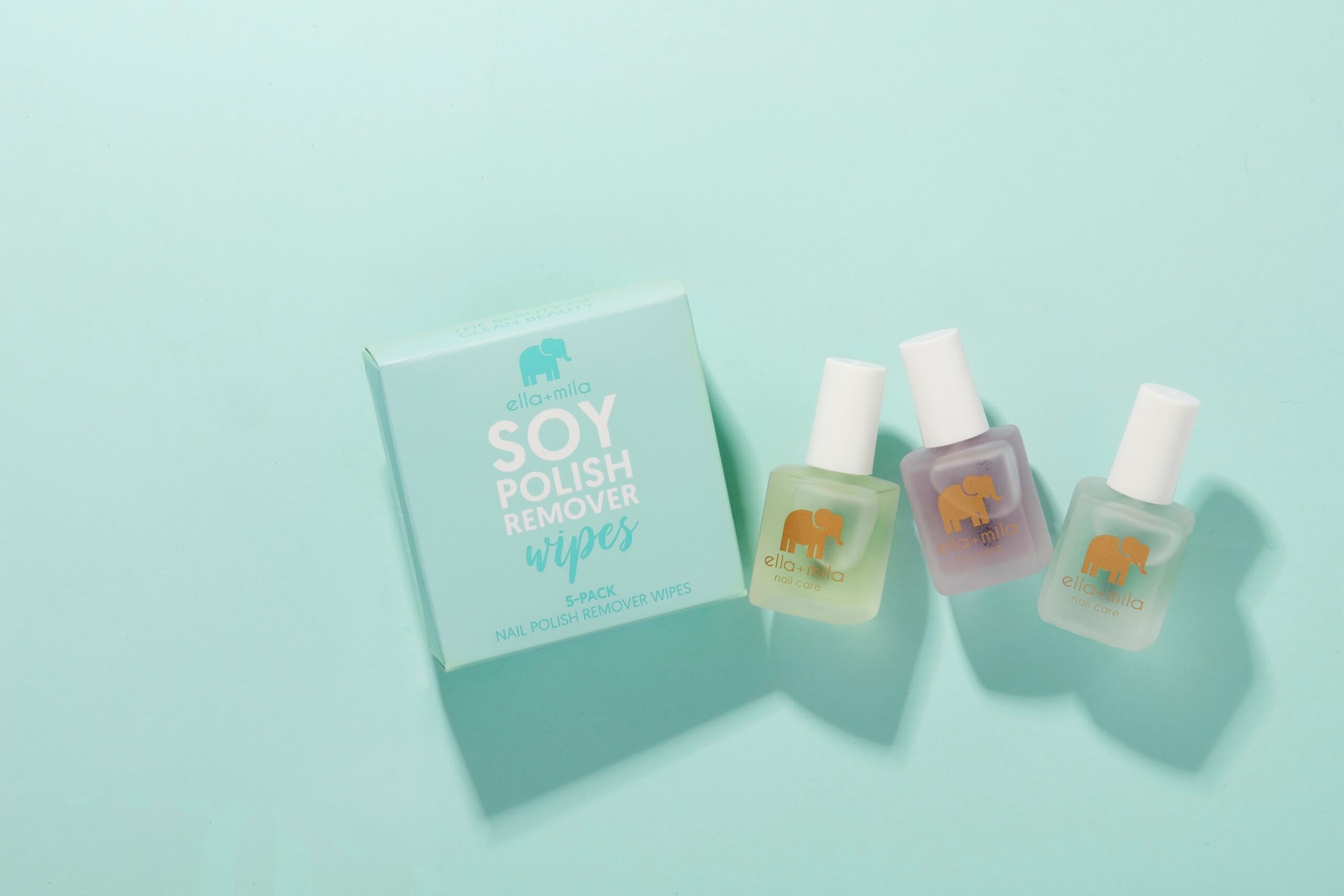
Rite Aid wants to be where shoppers convene. Beyond its snazzy look, the chain recently flexed its muscles with the $95 million buy of 76-unit regional independent drugstore company Bartell Drug. Bartell has been on the cutting edge of modernizing its beauty selection. It’s lured premium brands such as Alchimie Forever of Switzerland, Hey Honey and Institut Arnaud Paris.
Although it has a size disadvantage, Rite Aid has some advantages as it dukes it out with CVS and Walgreens for budding beauty and wellness properties. Liebmann notes health isn’t new territory for Rite Aid. “They have credibility,” she says, mentioning Rite Aid’s 22-year partnership with GNC. There are around 2,200 GNC shop-in-shops at Rite Aid. The chain’s Store of the Future has virtual care rooms where customers are connected with healthcare professionals to diagnose medical issues. They also have special vaccine zones and a new logo to signal to consumers the chain is changing.
Rite Aid could serve as a drugstore test case for emerging beauty and wellness brands. The inventory demands of larger drugstore chains can be far too onerous for them. “Rite Aid might have an edge in supporting smaller brands,” says Liebmann. “There is an opportunity for Rite Aid to be an ankle-biter retailer with ankle-biter brands.” Among the ankle-biter brands Rite Aid has stocked recently are Seaweed Bath Co., Fleur & Bee, Essano and Kokie. CBD has been sprinkled into its assortment, too. Within Rite Aid stores, there’s an area where new brands are rotated in and out. Those with traction earn permanent footage.
“Rite Aid is in the middle of a top-to-bottom brand refresh, including a careful adjustment of our merchandising mix. We know that, rather than seeking out specific brands, our customers are increasingly making purchase decisions based on product attributes—in particular, qualities like free-from harmful chemicals, organic, natural, recyclable and more,” says Mullen. “We’re also adding more products that are aligned with our mission to support holistic, whole being health, and we’re prioritizing these better-for-you qualities and sustainability in our own brand products as well.”
“Drugstores are in a strong position to continue to drive beauty and skincare growth.”
Beauty is front and center in Rite Aid’s remodels—a move away from its station at perimeter walls—and gondolas are lower than other departments and illuminated. “We’ve developed a whole new beauty experience. We’ve created this discovery zone that really attracts the customer in to learn about new products or new regimens. There are also beauty ambassadors to assist shoppers,” Erik Keptner, chief merchandising and marketing officer at Rite Aid, told Penn Live during a tour. He explained the role of in-store support is to answer questions and introduce brands. Eventually, Rite Aid hopes to incorporate beauty services.
Rite Aid’s upgrade swayed the opinion of Narineh Bedrossian, founder of six-year-old Ella + Mila, a nail brand that’s expanded into makeup and body. “I didn’t want to be another nail polish bottle in a fishbowl. I wanted to expand for success in the long run rather than [be] a one-hit wonder,” she says. Ella+Mila, named for her twins is sold in Target and Walgreens as well as Rite Aid. “Rite Aid is completely revamping and investing so much money. It looks phenomenal,” says Bedrossian. “Influencers are using more drugstore products and doing tutorials.”
Allison Grossman, co-founder of Seaweed Bath Co., which launched at Target and CVS prior to debuting at Rite Aid, says the drugstore chain is on the hunt for brands like hers that are cruelty-free, vegan and centered on skin health. Seaweed Bath Co. is housed in a body care endcap in 1,900-plus Rite Aid locations and its haircare is represented chain-wide. Bath is one of the few beauty categories posting sales gains under the mass beauty banner. Grossman says, “Specialty bath and our sleep line are doing well as people look for ways to de-stress and feel better.”
New Zealand-based import Essano is turning to drugstore chains as entry points into the U.S. Anthony Gadsdon, who started the brand 20 years ago, compares it to The Ordinary, but asserts it’s easier to understand. He believes its mission of bringing high-end skincare ingredients to customers at affordable prices is a good match for the drugstore channel. “Drugstores are reinventing themselves,” says Gadsdon. Essano’s core products are on shelf at most Rite Aid doors.
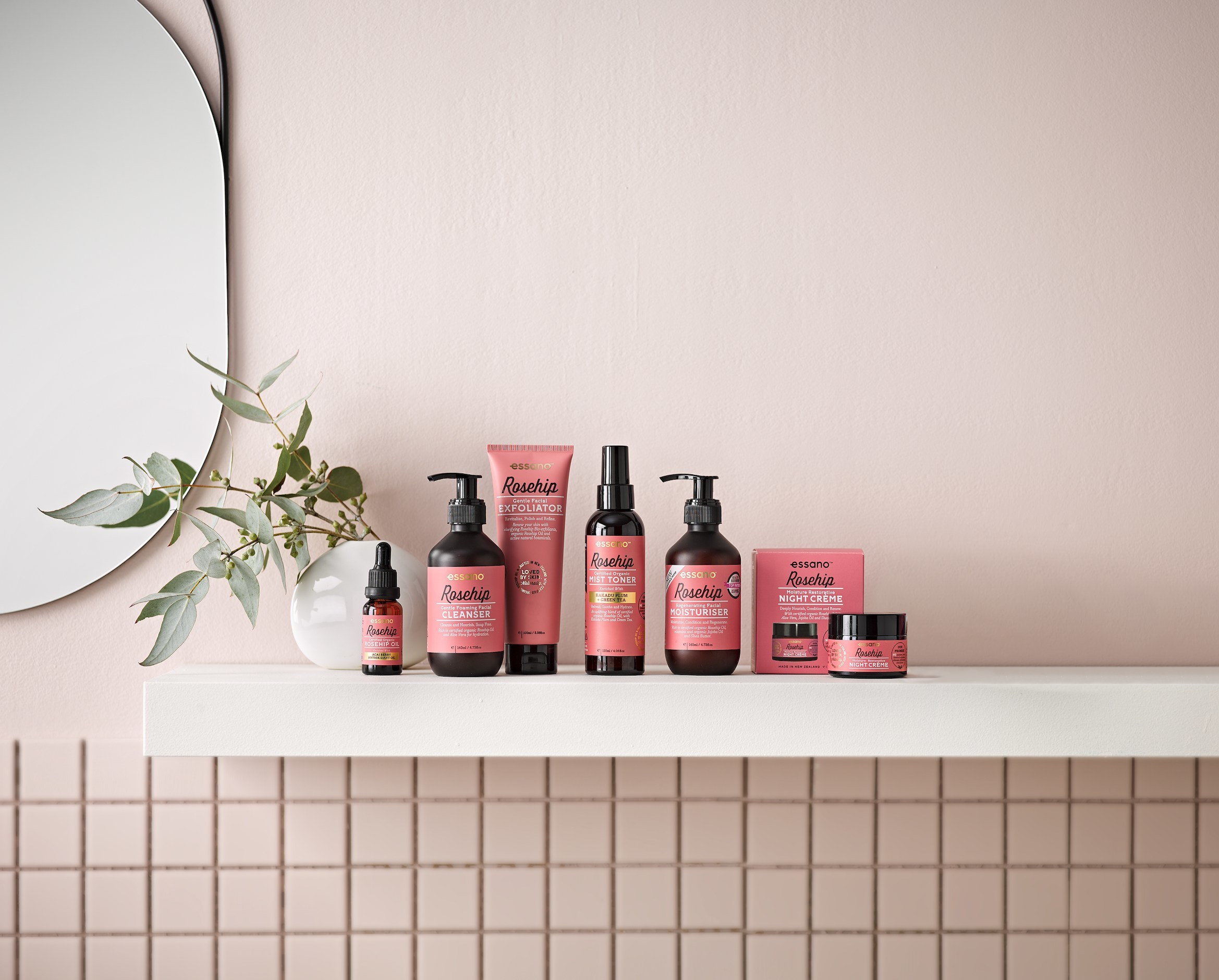
CEO Matthias Hug was initially unsure if Rite Aid would work for Fleur & Bee, a vegan skincare line that follows European Union beauty ingredient standards and is on the road to becoming a carbon-neutral business by next year. It started direct-to-consumer, but has branched into Urban Outfitters along with Rite Aid. Discussing Rite Aid, Hug says, “We started to hear about what they were doing like eliminating tobacco, and we wanted to be part of the transformation.”
The merging of wellness and beauty is a big reason Humphreys likes drugstores, says Bryan Jackowitz, president of the line with witch hazel as a core ingredient. He elaborates, “It fits best in retail environments that support skincare/natural skincare, and where consumers have the chance to explore and have the most enjoyable shopping experience.”
Even with the influx of brands and shiny new digs, the questions persist about drugstores’ ability to convince younger shoppers their beauty and wellness products are on par with e-commerce outlets and specialty stores. “A major goal of our relaunch is to appeal to younger customers, particularly millennial and gen X customers aged 25 to 49,” says Mullen. “As we reimagine our stores as destinations for whole-being health, we do hope and expect to see increased traffic from these younger people.”
There are early signs the reimagining is paying off. Rite Aid’s front-end sales, which had been on the decline, were up 11% for the first half of the fiscal year ended Aug. 29.
KEY TAKEAWAYS
- The drugstore channel's share of beauty sales has dwindled, but with wellness-loaded assortments and spruced-up decors, it hopes to retain beauty shoppers who ventured its way as the pandemic hit.
- Rite Aid is the latest chain to shake up its business with a bevy of better-for-you brands and store revamps. Among the brands it's brought in are Fleur & Bee, Ella+Mila, Humphreys, Essano and Seaweed Bath Co.
- The nation’s third-largest drugstore chain has earmarked $700 million to revamp its roughly 2,400 locations in 18 states over the next two years as part of an overarching project called Rx Revolution. The so-called Store of the Future, which features the latest iteration of Rite Aid's beauty section, is a product of the project.
- Beauty has been a focus of Rite Aid, Walgreens and CVS because it offers an opportunity to offset razor-thin margins in pharmacy, which accounts for about 70% of the average drugstore chain’s volume.
- There are early signs Rite Aid's reimagining is paying off. Its front-end sales front-end sales, which had been on the decline, were up 11% for the first half of the fiscal year ended Aug. 29.
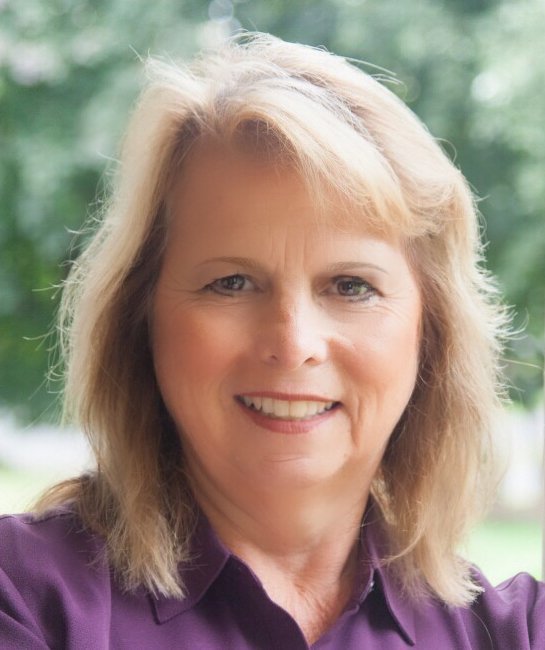




Leave a Reply
You must be logged in to post a comment.